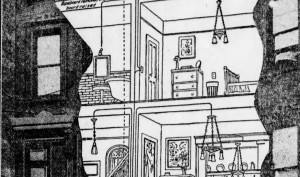DITCHING YOUR HOME’S OUTDATED GAS (1916)
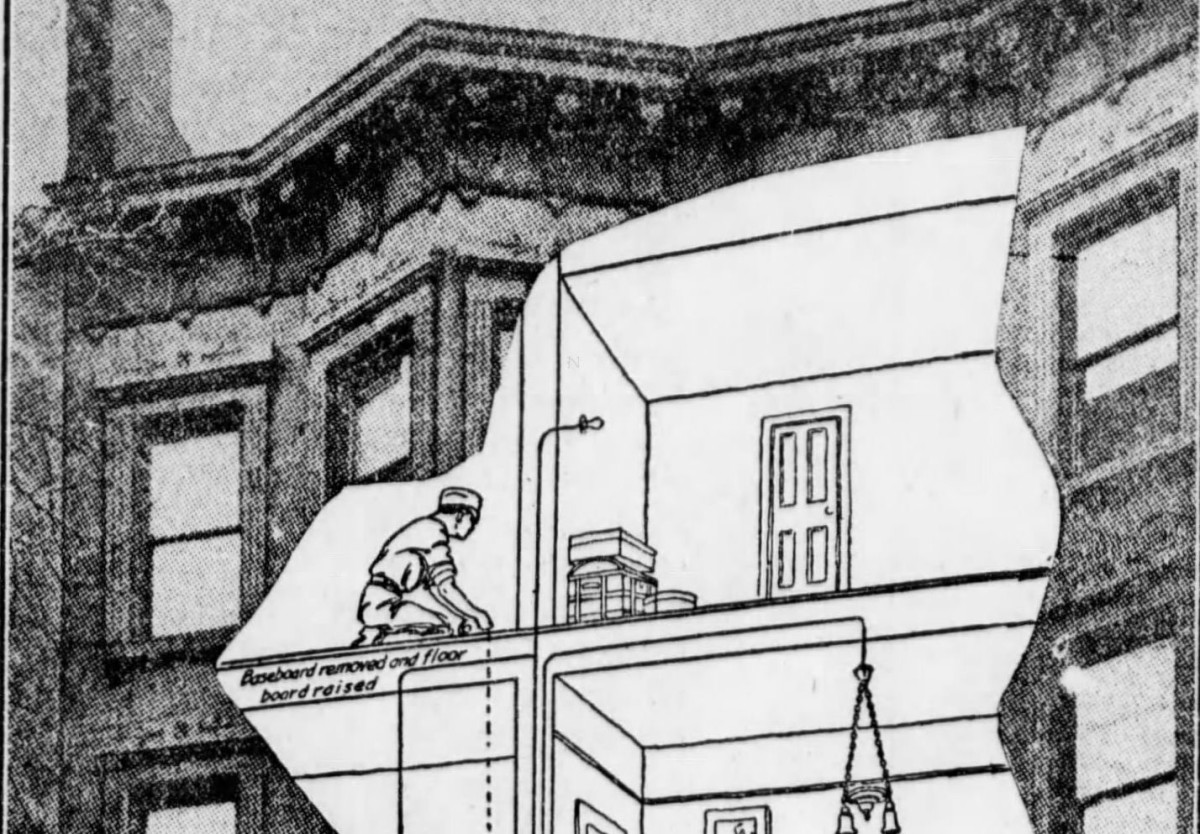
Brownstone Detectives investigates the history of our clients’ homes.
The story you are about to read was composed from research conducted in the course of one of those investigations.
Do you know the history of YOUR house?
********************************************************************************************************************************
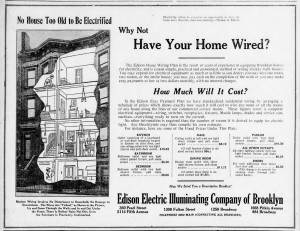
Every winter, old house owners hear the same old conversations that they heard the winter previous:
“I’m thinking about making the switch from oil to gas.”
“O, man, you’re going to love it. We did it and it saved us a ton on energy last winter.”
“But it’s so expensive.”
“But so worth it – you’ll see.”
Back in the 1910s, though, no one was converting TO gas – they were converting AWAY from it.
NO HOUSE TOO OLD TO BE ELECTRIFIED
There is an irony to a 1916 ad which claims that no home was “too old to be electrified.” It begs the question:
Did people believe that only new homes could be electrified? Did they think that if theirs had not been wired for electricity when it was built that it could not be electrified after the fact? Or maybe they just thought that the house would not be standing long enough for the owner to get any enjoyment out of getting it wired.
All good questions. Perhaps they lead to misconceptions that the Edison Electric Illuminating Company of Brooklyn (a forerunner to “ConEd”) was trying to correct – so that they could sell more homeowners their services.
WHEN WERE HOUSES ELECTRIFED?
If your brownstone was built before 1900, then it was built with gas illumination – meaning that all of the lighting in your house came from gas that you had to physically light with a match. In other words, just as some people have a gas pipe coming into their homes today to provide them with the fuel for their heat, back in the day that same pipe delivered gas to the house for illumination – i.e., for lighting their homes at night.
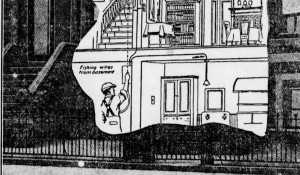 These tubes ran throughout the house from the cellar to every floor, each of which ended at a “terminal” along the face of your wall or your ceiling. And at those terminals gas lamps or chandeliers were installed. So when the sun went down and the day began to grow dark, the gas switch on each lamp could be turned on and the gas lighted with a match.
These tubes ran throughout the house from the cellar to every floor, each of which ended at a “terminal” along the face of your wall or your ceiling. And at those terminals gas lamps or chandeliers were installed. So when the sun went down and the day began to grow dark, the gas switch on each lamp could be turned on and the gas lighted with a match.
After the turn of the century and up through the 1910s, though, people were slowly becoming comfortable with the safety of electricity in the home. The gas industries were fighting “tooth and nail” the introduction of electrical lighting in homes, although they knew that the day was coming when electricity would be a force to be reckoned with – but maybe they didn’t realize how quickly that day would come.
By the 1910s, while stores and such public places as theaters and halls were wired first, eventually homes began to be considered for the new power source.
And by 1916, most consumers had been so won over that not only were a great number of the new houses being built with electricity, but the electric companies were also beginning to go after a “new” old customer – those old houses needing to be converted.
HOW MUCH DID THIS CONVERSION COST?
The Edison Company smartly “standardized” their residential wiring costs for these customers and arranged a “schedule of prices” to show them “exactly how much it would cost to wire any room or all rooms of any house along the lines of our commercial service mains.”
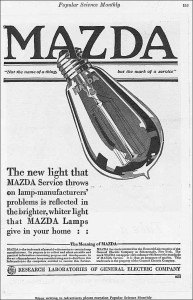 The figures that they showed in their ad covered “complete electrical equipment – wiring, recepticles, fixtures, Mazda lamps, shades and service connections – everything ready to turn on the current.”
The figures that they showed in their ad covered “complete electrical equipment – wiring, recepticles, fixtures, Mazda lamps, shades and service connections – everything ready to turn on the current.”
As per their ad’s schedule, to bring electrical light to the kitchen – which included “outlet consisting of a baseboard or wall flush receptacle located in kitchen on the first floor, and one ceiling outlet with one light fixture and pull chain socket” – the cost was exactly $19.45.
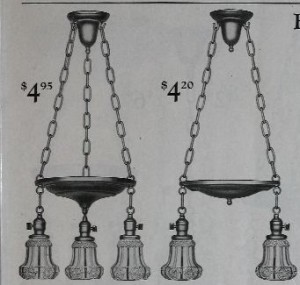
For the bathroom, they offered the same service but with a “nickel plated fixture” which cost exactly $6.20.
The bedroom with a “two light shower fixture” was $8.00.
The dining room got a “three light shower fixture” and cost $11.75, while the parlor got a “four light shower fixture,” costing $10.50.
Of course, eventually, lights would be switched on by light switches or buttons near the door as you entered the rooms, and the pull chain would eventually be made illegal. Perhaps, though, this was the cheapest way to install the lighting at the time. (So, if you still have these pull chains with old-fashioned looking lights in your home, then you know about when they were likely installed.)
THE TRANSITION
It would take some time for the public to get used to the electric lights in their home. In the meantime, funny stories would occasionally emerge associated with residents pulling the chains on their new lights and then, when the light did not come on, taking a match to the bulb in order to try and illuminate the gas. Rarely did these end in any sort of disaster, though.
This was unlike the transition period, though, from candles to gas, where it was not uncommon to read about the poor old woman who, with the new gas fixtures freshly installed in her home, went to bed one night, but not after blowing out the “candle” on the wall – but forgetting to turn off the gas.
———————————————————————————————————————–
 Brownstone Detectives is an historic property research agency. Our mission is to document and save the histories of our clients’ homes. From our research, we produce our celebrated House History Books and House History Reports. Contact us today to begin discovering the history of your home.
Brownstone Detectives is an historic property research agency. Our mission is to document and save the histories of our clients’ homes. From our research, we produce our celebrated House History Books and House History Reports. Contact us today to begin discovering the history of your home.
